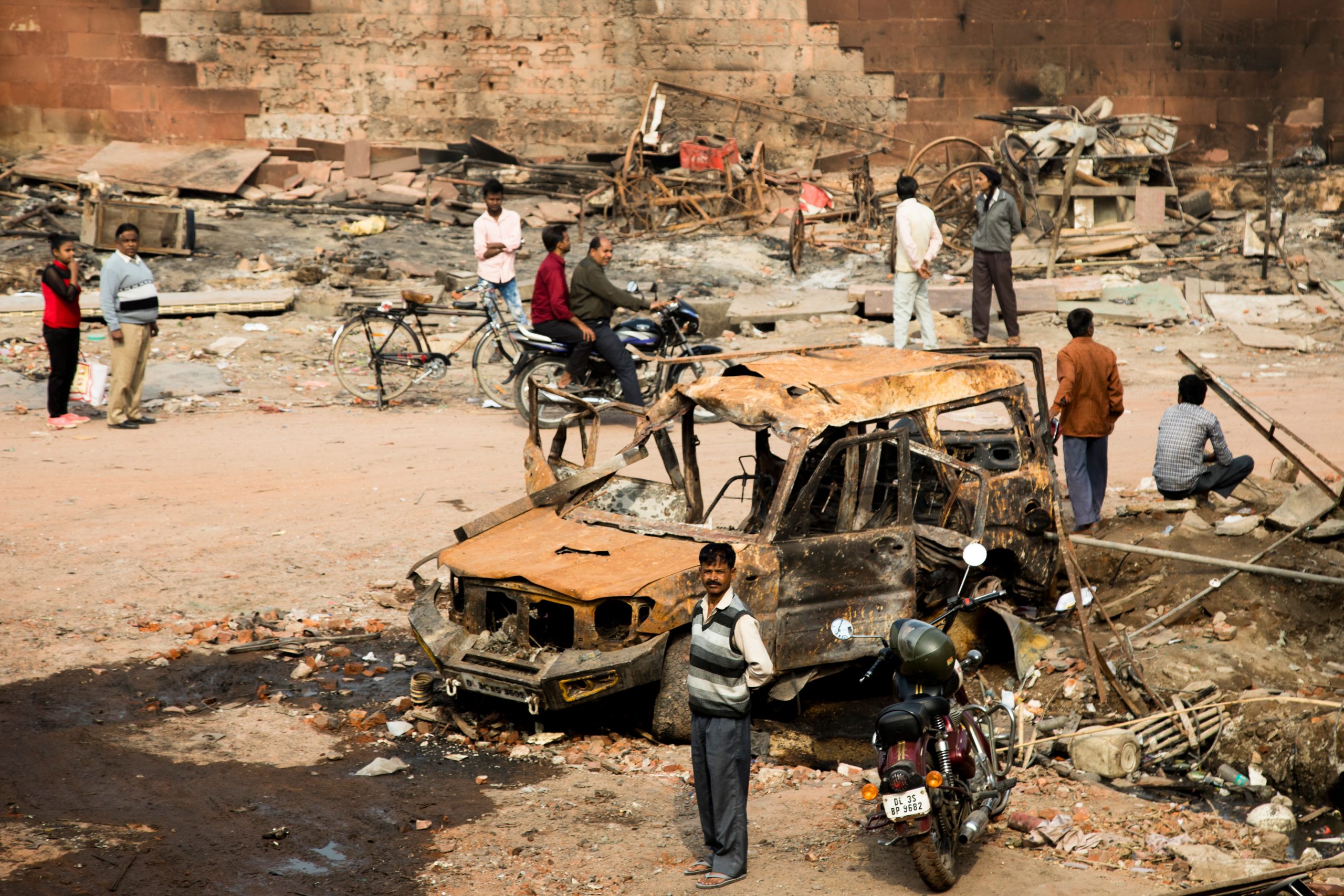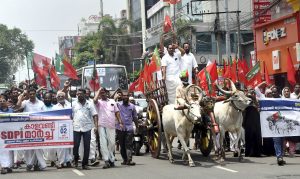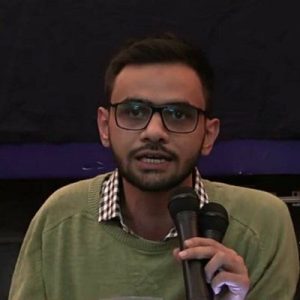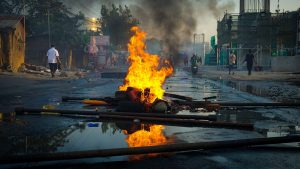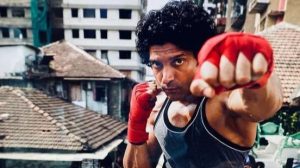The national capital witnessed riots in Northeast Delhi between Anti-Citizenship Amendment Act (CAA) and pro-CAA protestors on the eve of February 23. The clashes took a communal turn and led to the death of over 53 people and injuring 200. Shops and houses and even places of worship were attacked.
How the events unfolded
In December 2019, protests began in Delhi and other parts of the country after the Citizenship Bill was passed. The bill paved the way for citizenship to Hindu, Sikhs, Parsis, Jains, Buddhists and Christians who took refuge in Pakistan, Bangladesh and Afghanistan in or before December 2014. Many believed that act was discriminatory to Muslims and a threat to their existence in India when combined with the National Register of Citizens (NRC). People in Delhi, Mumbai, Hyderabad, Lucknow, Aligarh, Bengaluru, Kolkata and other parts of the country held demonstrations against the act. Most of the protests were peaceful, barring a few incidents of stone-pelting and burning of vehicles. As part of the anti-CAA protest, demonstrations in Delhi’s Shaheen Bagh, mostly led by women, drew a lot of attention and became a symbol of women-led protests across the country. The sit-protest led to road blockades, causing jams and causing inconvenience to commuters.
Who said What
In the run-up to the Delhi elections, which was held on February 8, several political leaders used these protests to attack each other. Several Bharatiya Janata Party (BJP) leaders used incendiary slogans, equating protesters to anti-national elements. During an election rally of Union Minister Anurag Thakur, slogans like ‘…goli maaro… (shoot the traitors)’ were allegedly shouted leading to widespread criticism by the Opposition parties. Over 1,000 people began a sit-in protest near the Jaffrabad metro station in Northeast Delhi on February 22 and it led to a stretch of Seelampur-Jaffrabad-Maujpur road being blocked. The protest was reportedly in solidarity with the Bharat Bandh called by the Bhim Army, which was scheduled to begin on February 23.
What happened on Feb 23?
On February 23, BJP leader Kapil Mishra reportedly asked the police to remove anti-CAA protestors blocking the area or face consequences. He reportedly asked people to gather at Maujpur Chowk in support of the CAA. Within hours of Mishra’s speech, violence broke out between anti- and pro-CAA demonstrators in Karawal Nagar, Maujpur Chowk, Babarpur and Chand Bagh. To disperse the crowd, police lathi-charged and used tear gas.
Violence was also reported from Gokalpuri and Kardampuri areas. Delhi Police head constable Ratan Lal, while trying to control the protestors, suffered a bullet injury and lost his life.
Also Read| Anti CAA-NRC protests: The leaflet for dissent in India?
In Bhajanpura, mob attacked petrol pumps, carried petrol bombs, sticks and weapons and violence was also reported from Seelampur, Jaffrabad, Maujpur, Kardampuri, Babarpur, Gokalpuri and Shiv Puri. Police imposed section 144 in riot-hit areas but it had little effect.
A man, identified as Shahrukh, opened fire at the police, before being arrested days later from UP’s Shamli district.
On February 25, a place of worship was reported to have been vandalised in Ashok Nagar. Clashes continued throughout the day. An Intelligence Bureau officer, Ankit Sharma, was found dead in a drain in Jaffrabad. Tahir Hussain, an AAP councillor whose house was alleged to have been used by rioters, was booked for the murder and arrested later. An investigation into the case is on.
On February 26, National Security Advisor Ajit Doval and AAP leaders visited violence-affected areas.
By February 29, the riots ended in the national capital.
Donald Trump’s visit in India
The clashes in the national capital coincided with President Donald Trump’s first state visit to India. Trump told reporters that he had heard about the violence but had not discussed it with Prime Minister Narendra Modi. “I don’t want to discuss that. I want to leave that to India and hopefully they’re going to make the right decision for the people,” he said.
Investigation status
A preliminary report prepared by a delegation of the Delhi Minorities Commission stated that more than 2,000 outsiders or goons occupied two schools for 24 hours to execute the Delhi riots.
As many as 53 people lost their lives in the communal violence.
According to reports, claims of ₹20 crore to compensate for the loss of property had been filed before the Delhi government.
The Delhi Police constituted two Special Investigation Teams (SIT) to investigate Delhi violence and over 700 cases had been lodged. The Police as of March 6 detained 1,820 detained.
The SIT was assigned to investigate 59 cases and 691 cases were investigated by the district police; and one case, which was registered on March 6 to investigate the larger conspiracy behind the riots, was assigned to the Special Cell.

